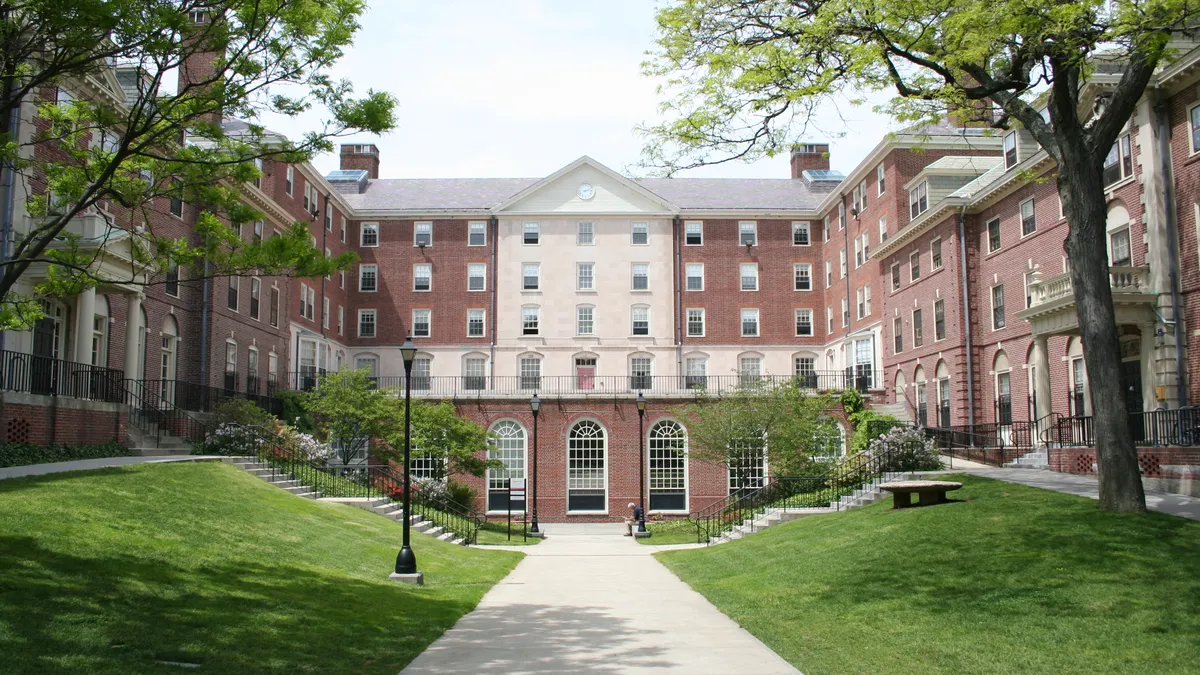Dive Brief:
- Colleges that decided early how they'd offer classes this fall tended to stick to that approach at least through early August, with public and private schools in Republican-led states more likely to delay the decision or opt for in-person instruction.
- The findings come from a preliminary analysis of campus reopenings data from the College Crisis Initiative (C2i), which is tracking colleges' responses to the pandemic.
- However, the authors found "no discernable pattern" to suggest coronavirus case rates were a key part of decisions.
Dive Insight:
The authors expected at least politics to be correlated with decisions, said Daniel Collier, a co-author of the report and a research associate at the W.E. Upjohn Institute for Employment Research. That doesn't mean the virus didn't factor into campuses' choices, however.
"What our research brief has really highlighted is the complexities that are likely going into making these decisions and that there, unfortunately, isn't truly a right answer because of all the unique pressures that administrators are consistently under," he said.
Colleges' reopening announcements were highly watched this summer. Though several publicly reversed their plans as new hotspots emerged and case counts climbed, the new analysis finds that most schools that decided what they were doing by June 15 did not change course through Aug 5.
However, by that date, more than one-third of the 2,202 schools in C2i's sample that were undecided as of June 15 remained so. And many schools that opted to open in-person moved to remote instruction soon after the academic year began, albeit some temporarily.
Among colleges that hadn't picked a fall mode by June 15 but had by Aug. 5, being located in a state with a Republican governor made them more likely to stay undecided and less likely to go online. Having a Republican-led legislature, meanwhile, was linked to a higher chance of moving to in-person learning and a lower chance of staying undecided.
Republicans, including President Donald Trump, pulled for campuses to reopen. And another analysis based on C2i data also found partisanship influenced colleges' decisions. Collier noted the new research didn't capture other elements of political influence, like board composition.
Demographics and funding also factored in. Schools with larger shares of White undergraduates decided sooner and were less likely to go online, the latest report found. State revenue decreases were also tied to earlier decisions.
The authors plan to dig deeper.
"In a few weeks, hopefully, we will be able to more strongly say this was the factor that mattered more than these other factors," Collier said.













